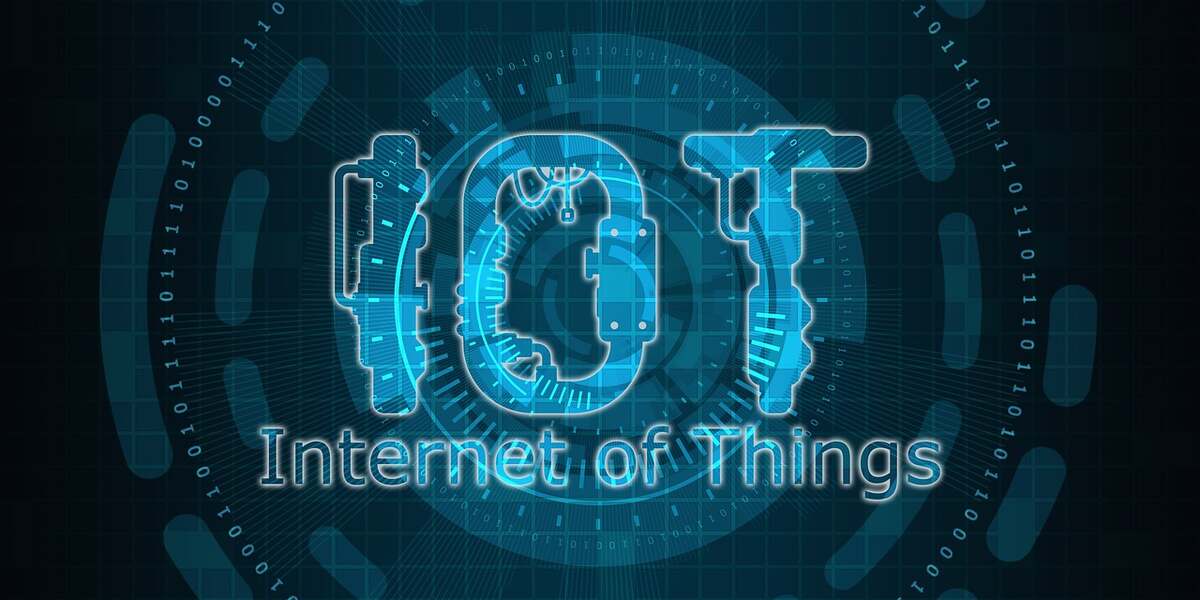Technology is no longer just a support function in business—it has become the foundation of growth, efficiency, and customer success. At the center of this transformation lies Enterprise Technology. From cloud computing and artificial intelligence to cybersecurity and edge computing, enterprise technology is reshaping the way organizations operate and compete in the digital economy.
In this article, we’ll explore what enterprise technology means, how it has evolved, its benefits, challenges, and future trends. We’ll also highlight real-world case studies that show how global enterprises are using technology to drive innovation.
What is Enterprise Technology?
Enterprise Technology refers to the large-scale IT systems, applications, and tools that organizations use to manage their operations, improve efficiency, and innovate at scale. Unlike consumer technology, which is designed for individuals, enterprise technology is built for reliability, integration, and scalability across thousands—or even millions—of users.
Key Features of Enterprise Technology
- Scalability: Handles large workloads across departments and regions.
- Integration: Connects ERP, CRM, HR, and supply chain systems.
- Data-Driven: Collects and analyzes data for business intelligence.
- Security: Protects sensitive enterprise and customer information.
- Innovation: Supports AI, Automation, and digital transformation.
The Evolution of Enterprise Technology

Legacy Era (Pre-2000s)
- Businesses relied on mainframes and on-premises servers.
- Early adoption of Enterprise Resource Planning (ERP) systems.
- IT was primarily seen as a support function, not a driver of growth.
Cloud and Mobility Era (2000s–2010s)
- Emergence of Customer Relationship Management (CRM) systems like Salesforce.
- Cloud computing disrupted infrastructure, led by AWS, Microsoft Azure, and Google Cloud.
- Mobile technology and SaaS applications enabled remote work.
AI and Data Era (2015–Present)
- Artificial Intelligence and Machine Learning drive Automation and predictive analytics.
- Growth of collaboration tools like Slack, Teams, and Zoom.
- Hybrid and multi-cloud strategies became standard for enterprises.
- Advanced cybersecurity solutions are adopted against rising digital threats.
Why Enterprise Technology Matters for Businesses

Enterprise technology is no longer optional—it’s essential for survival and growth.
Benefits of Enterprise Technology
- Operational Efficiency: Automates processes, reducing costs and time.
- Informed Decision-Making: Big data analytics provides insights.
- Customer Experience: AI and CRM enable personalization.
- Agility and Flexibility: Cloud adoption ensures scalability.
- Security and Compliance: Protects sensitive information and ensures legal compliance.
Example: A bank using AI-driven fraud detection systems can save millions annually by identifying suspicious transactions in real-time.
Key Trends in Enterprise Technology
| Trend | Description | Business Impact |
|---|---|---|
| AI & Automation | Enhances decision-making and automates workflows | Boosts efficiency and reduces costs |
| Cloud-Native Applications | Apps built for cloud deployment | Improves agility and scalability |
| Edge Computing | Processes data closer to source | Reduces latency and supports IoT |
| Hybrid Work Solutions | Tools for remote and in-office collaboration | Increases flexibility and productivity |
| Blockchain Adoption | Secure, decentralized record-keeping | Improves trust, traceability, and security |
Real-World Examples of Enterprise Technology
Microsoft Azure – Cloud Scalability
Microsoft Azure helps enterprises migrate from on-premises infrastructure to the cloud, ensuring flexible storage, AI services, and global scalability.
Salesforce – Transforming Customer Relationships
Salesforce revolutionized CRM by offering AI-driven personalization, customer analytics, and automation features that strengthen customer engagement.
IBM Watson – AI-Powered Business Insights
IBM Watson provides machine learning-driven analysis for industries like healthcare, enabling faster diagnosis and reducing human error.
Challenges in Implementing Enterprise Technology

Despite its advantages, adopting enterprise technology comes with challenges:
- High Costs: Implementation, licenses, and training require significant investment.
- Integration Issues: Legacy systems may not work smoothly with modern tools.
- Cybersecurity Threats: As data increases, so does the risk of breaches.
- Skill Gaps: Shortage of professionals in cloud, Artificial Intelligence, and cybersecurity.
- Change Management: Employee resistance can slow down adoption.
Example: A manufacturing company might struggle to integrate IoT sensors with existing ERP systems without specialized expertise.
The Future of Enterprise Technology
Looking ahead, enterprise technology will continue to disrupt industries and create opportunities for innovation.
Future Outlook
- AI-Powered Decision-Making: Smarter, faster business intelligence.
- Quantum Computing: Solving complex problems in finance, logistics, and healthcare.
- Blockchain Integration: Enhancing transparency in supply chains and finance.
- 5G and IoT: Driving real-time connectivity for smart factories and cities.
- Sustainable IT: Focus on green data centers and energy-efficient systems.
Enterprises that embrace these innovations will be better positioned to thrive in the digital-first future.
Conclusion
Enterprise Technology is the backbone of digital transformation. It helps businesses stay competitive, agile, and customer-focused in a rapidly evolving world. From cloud computing and AI to cybersecurity and blockchain, enterprise technology enables organizations to streamline operations, enhance decision-making, and build resilience.
Companies that invest strategically in enterprise technology will lead the market, while those that resist risk will be left behind. The future belongs to enterprises that balance innovation with security, efficiency, and sustainability.
Frequently Asked Questions (FAQs)
What is Enterprise Technology in simple words?
Enterprise Technology is the use of IT systems and tools by large organizations to manage operations, improve efficiency, and support growth.
How does AI impact enterprise technology?
AI enhances Automation, enables predictive analytics, and improves customer personalization, helping businesses operate more effectively.
What industries benefit most from enterprise technology?
Finance, healthcare, retail, manufacturing, and IT services are among the biggest beneficiaries due to Automation and data-driven insights.
What challenges do businesses face with enterprise technology?
Challenges include high costs, integration with legacy systems, cybersecurity risks, and a shortage of skilled professionals.
What is the future of enterprise technology?
The future involves AI-driven decision-making, quantum computing, blockchain, IoT, and green IT initiatives shaping more intelligent enterprises.









